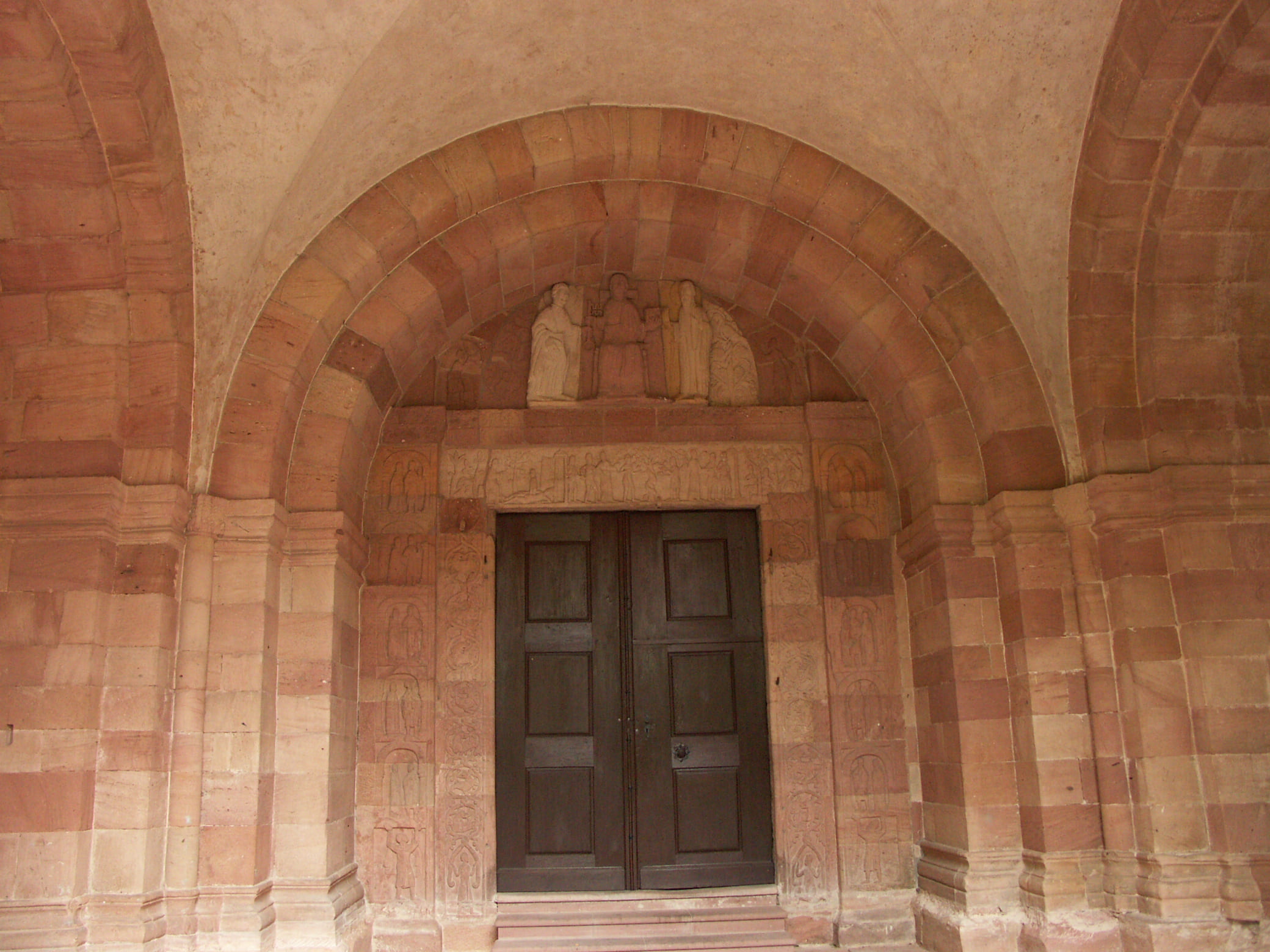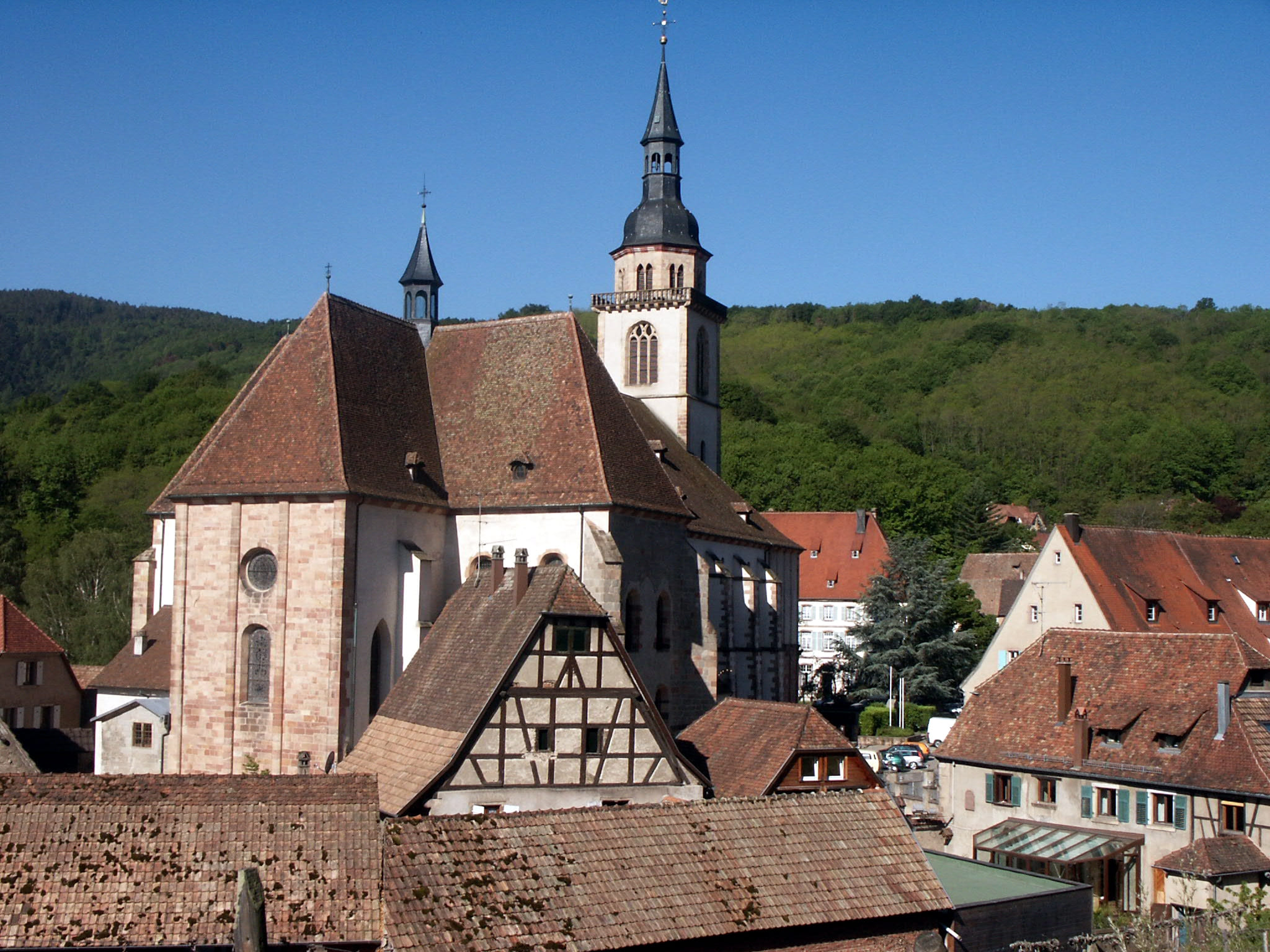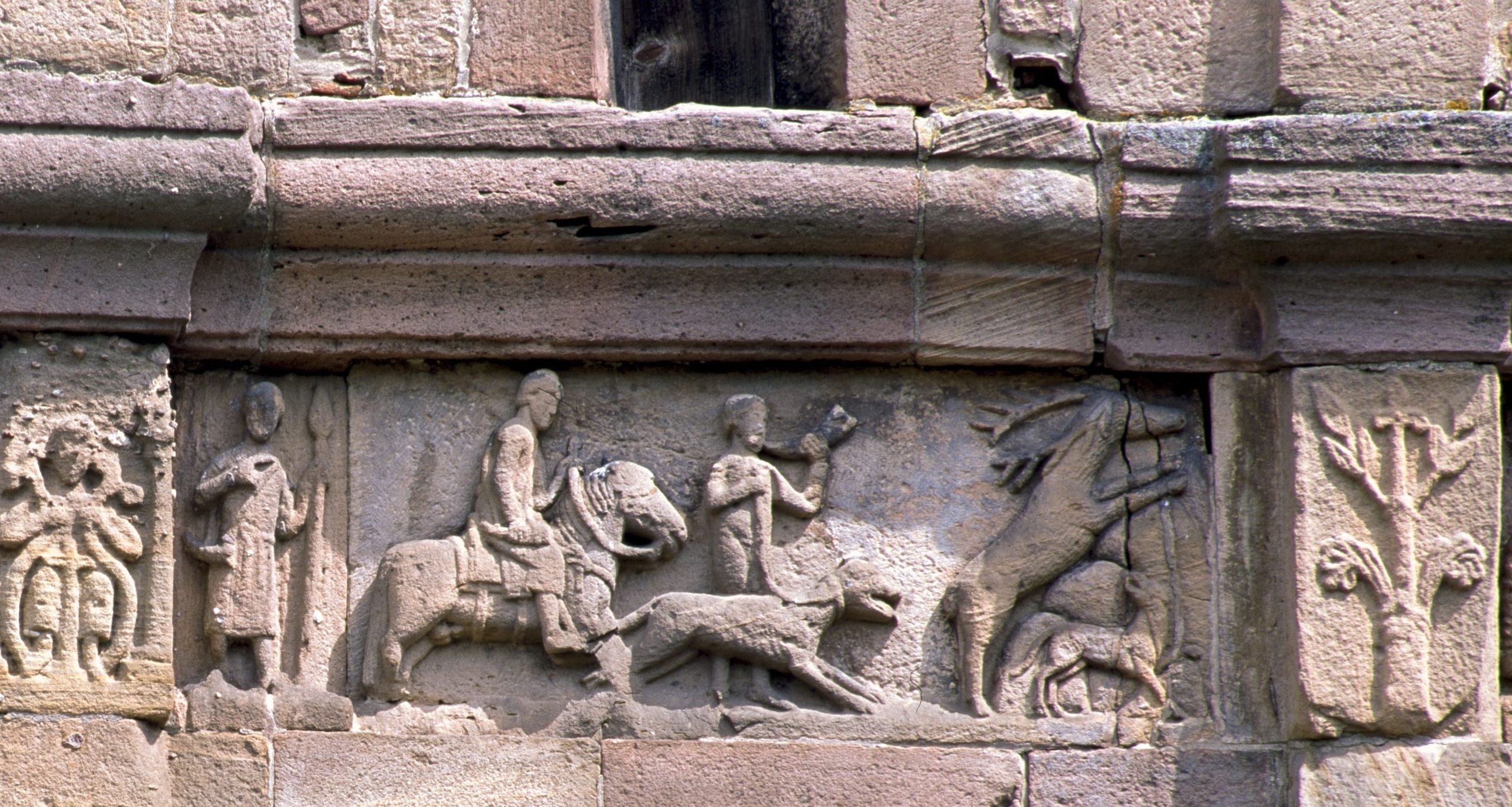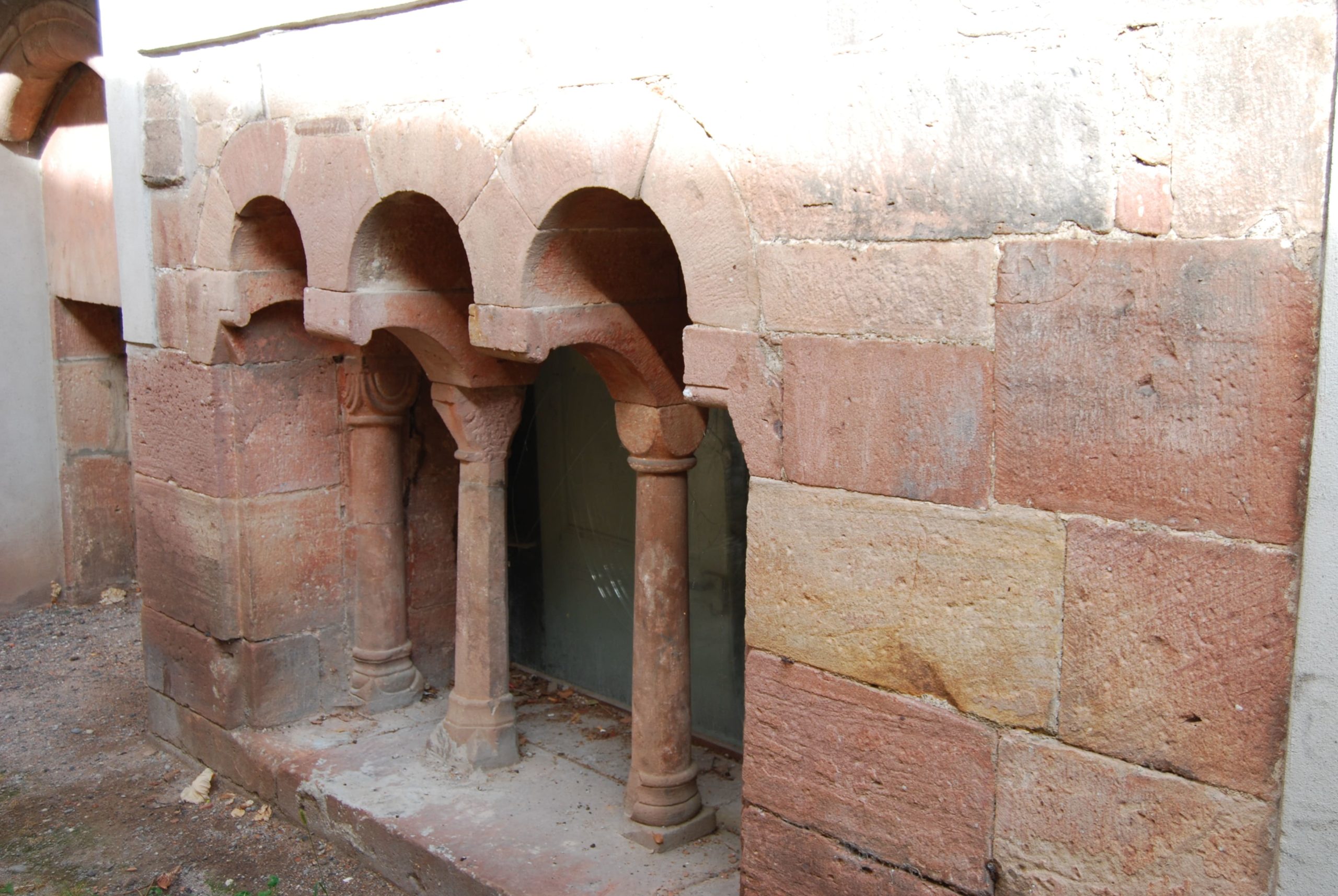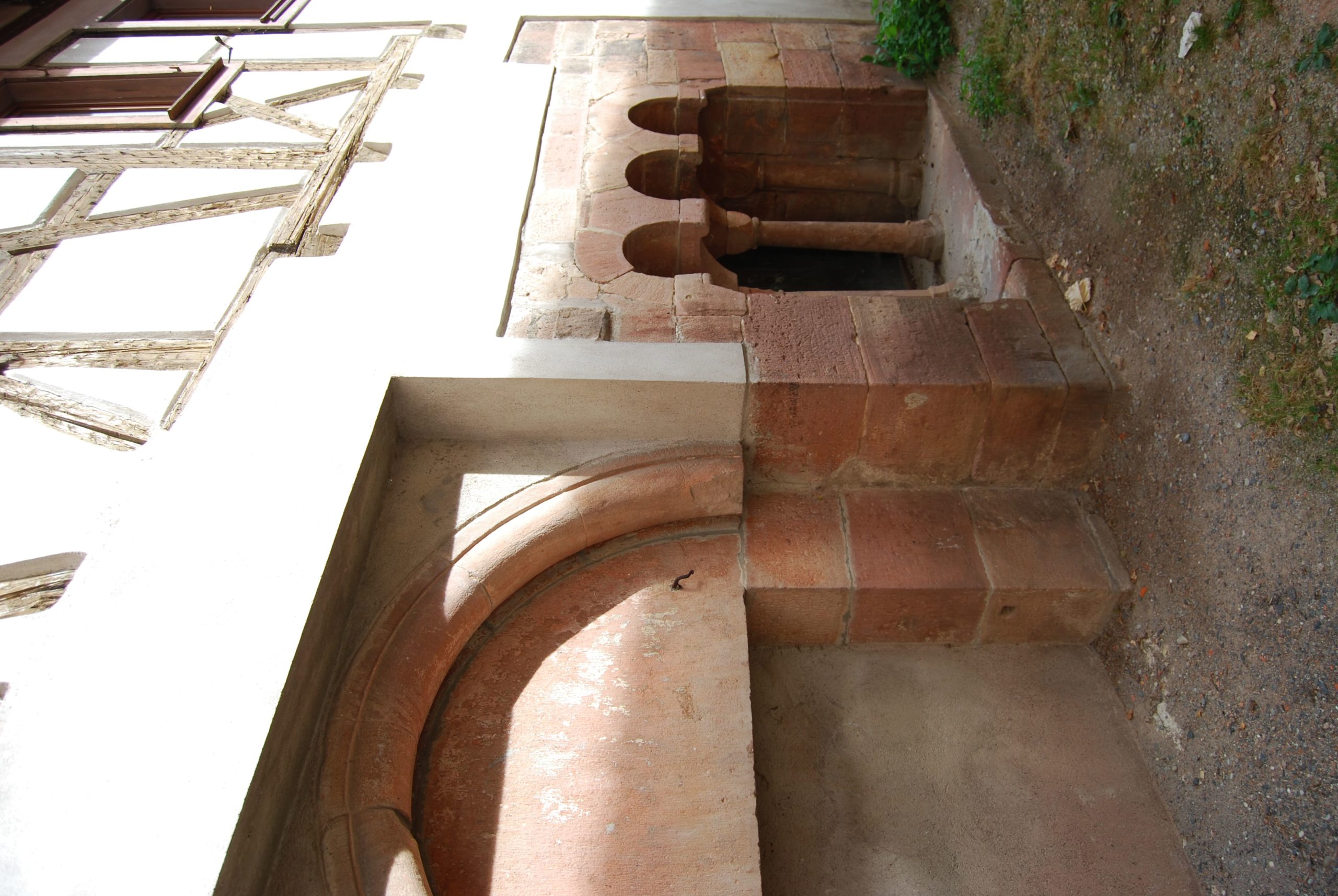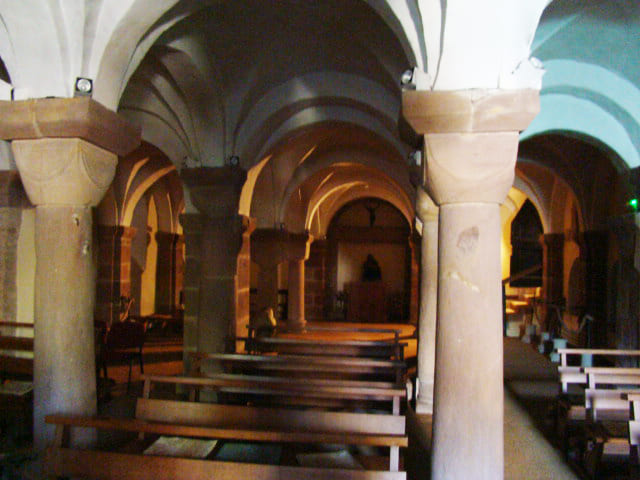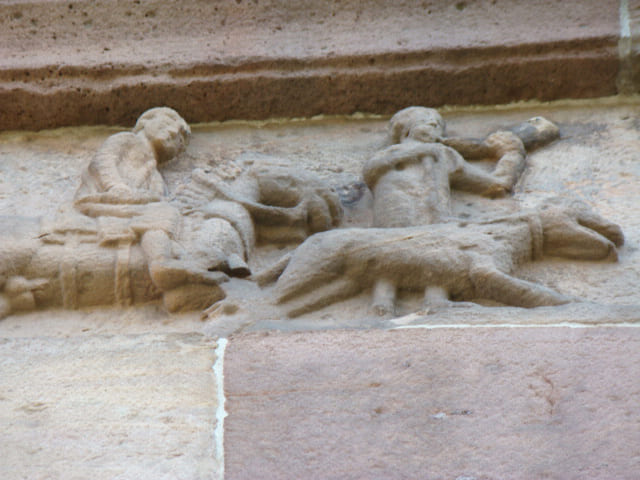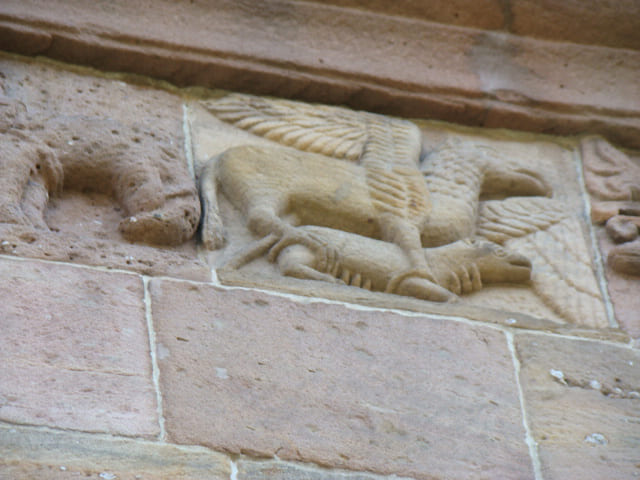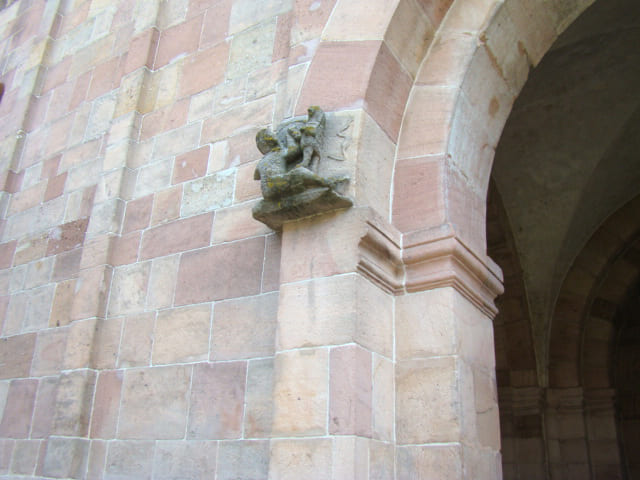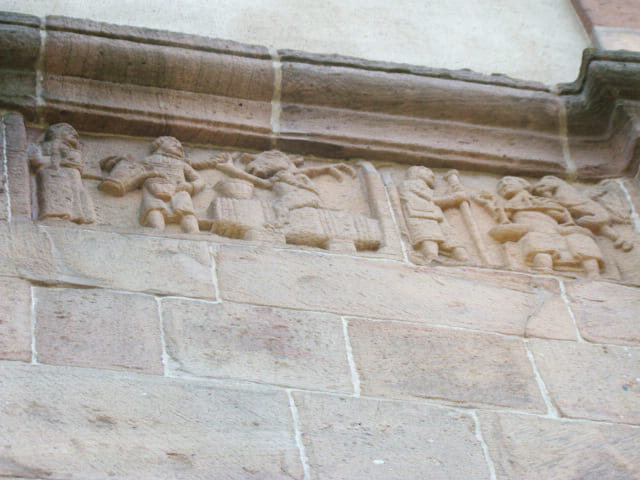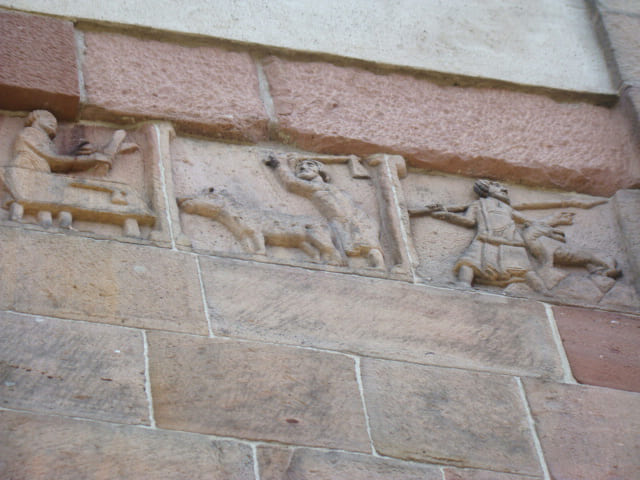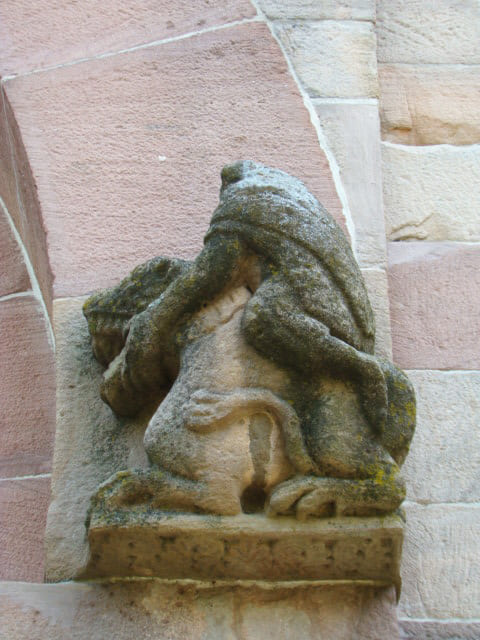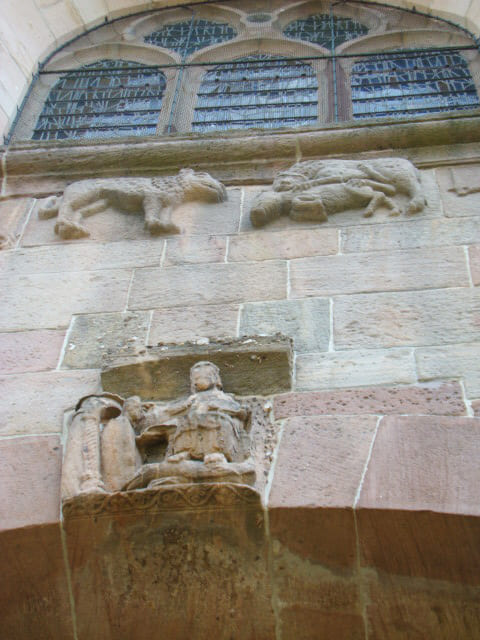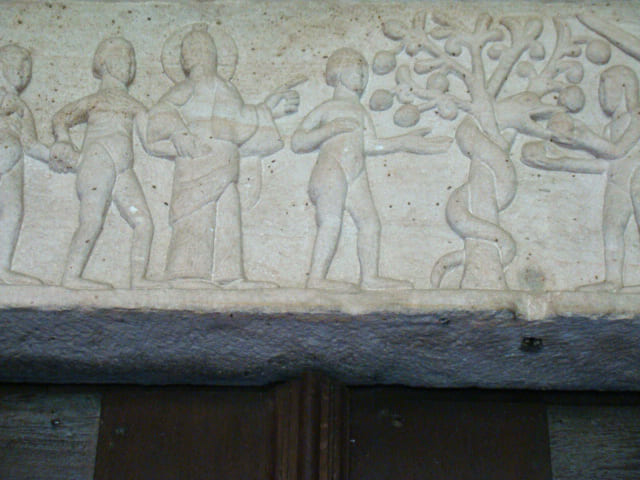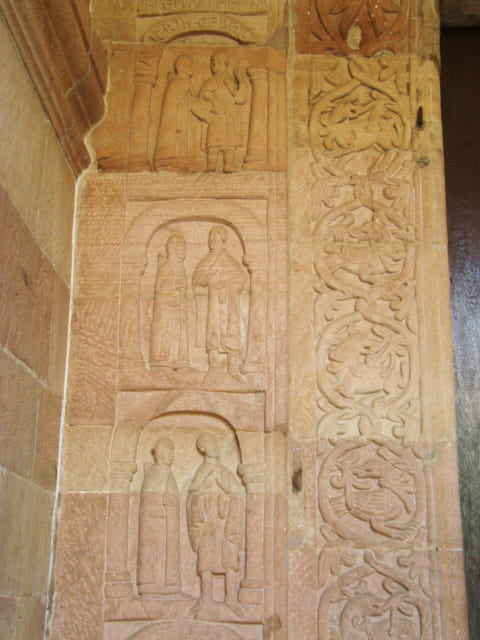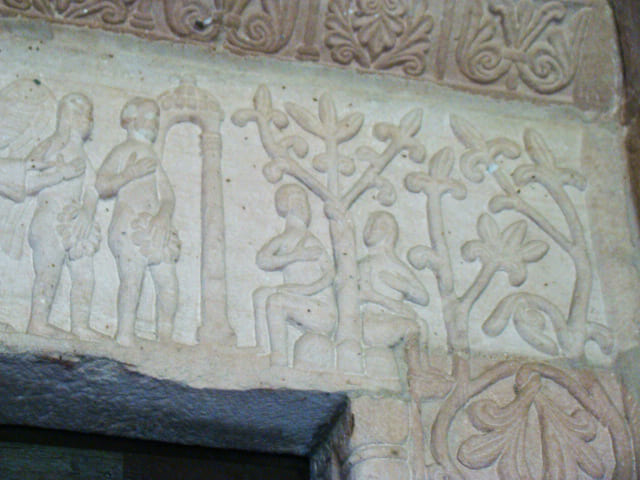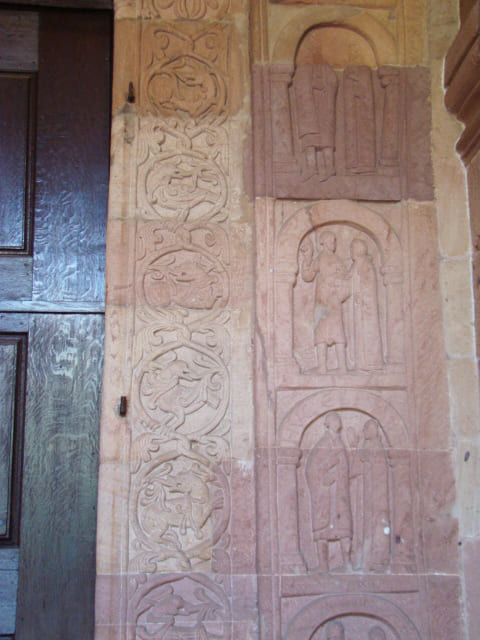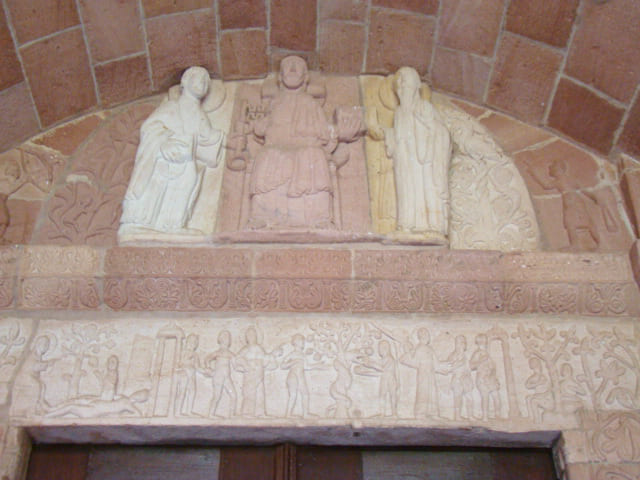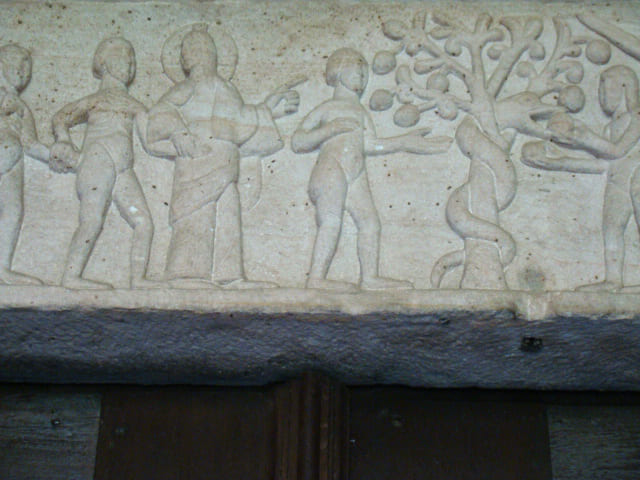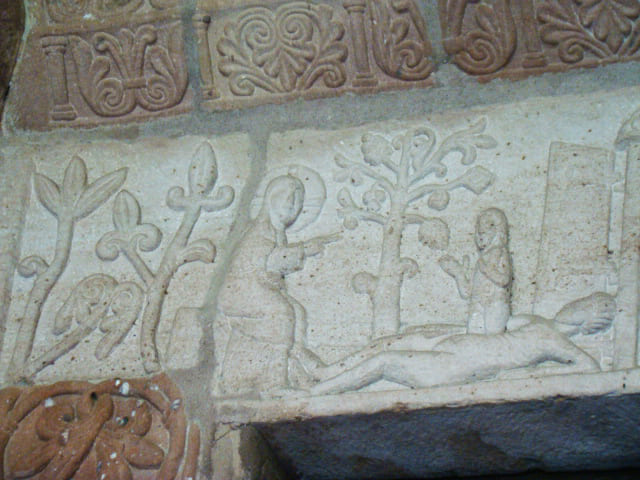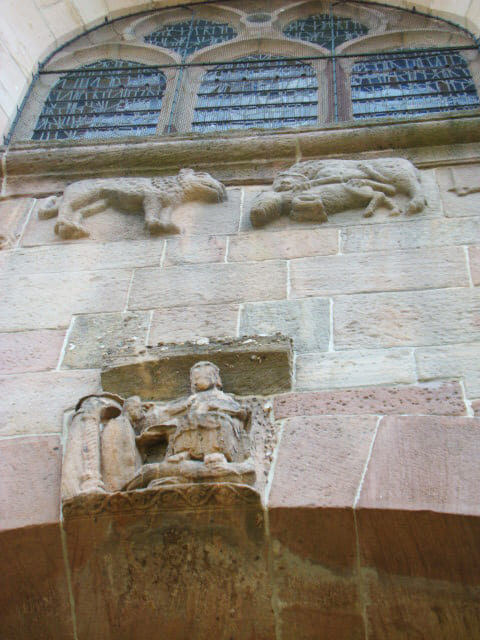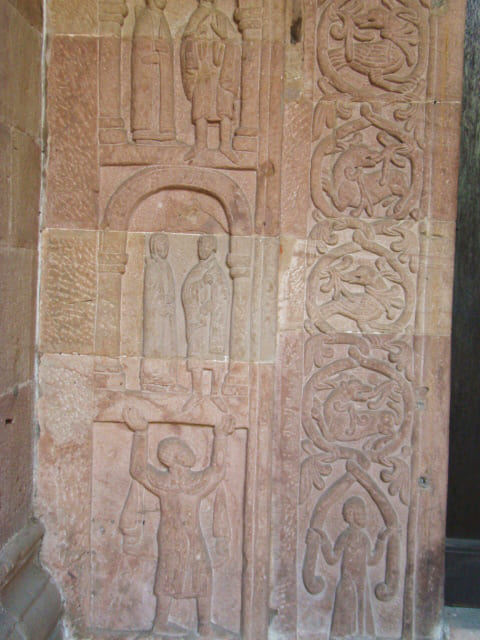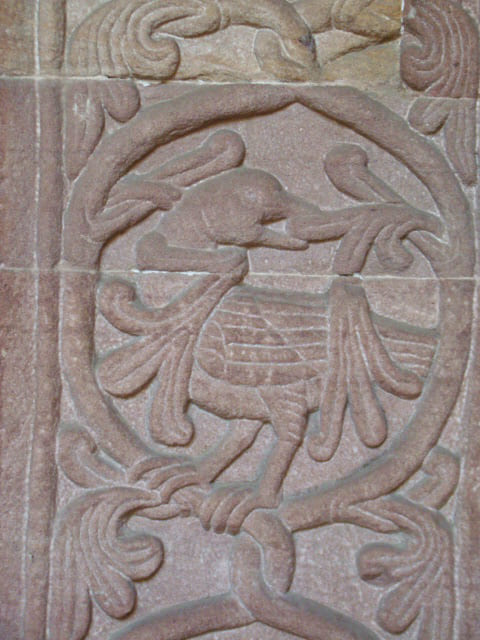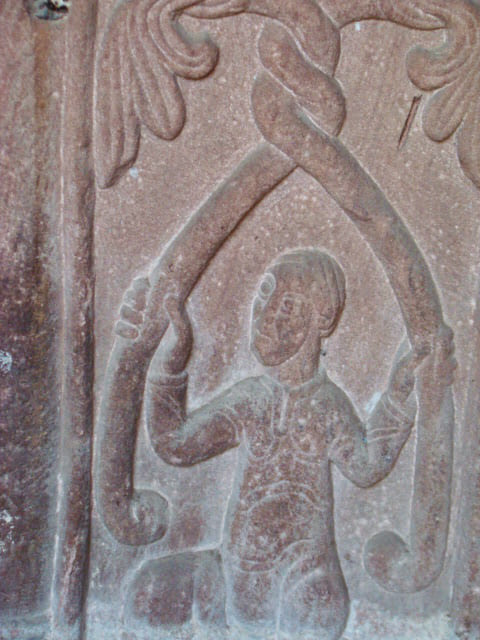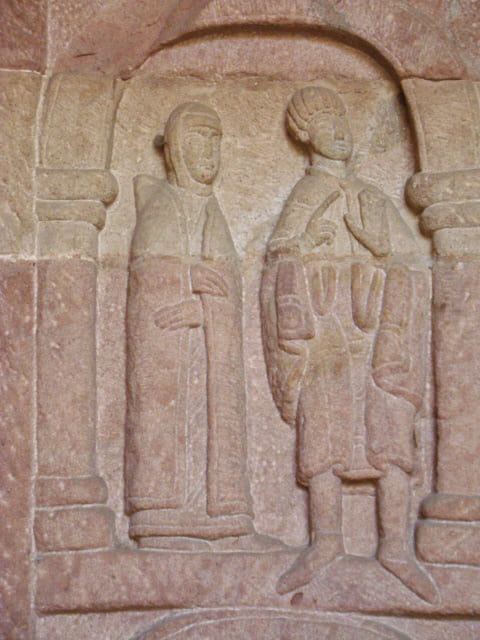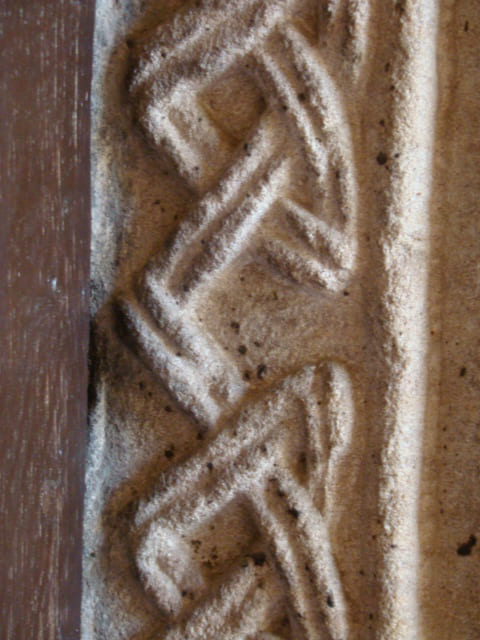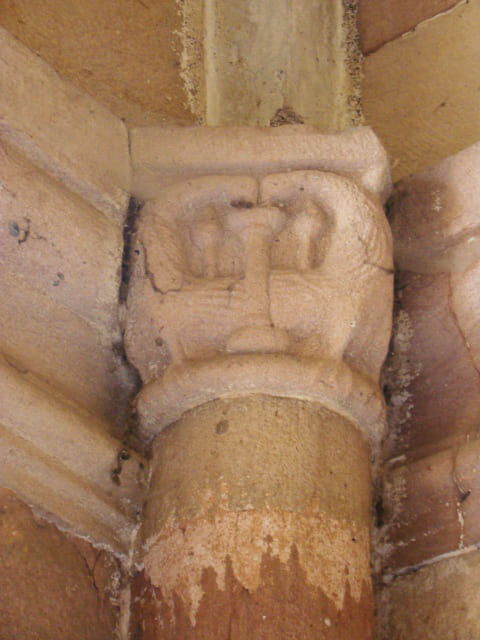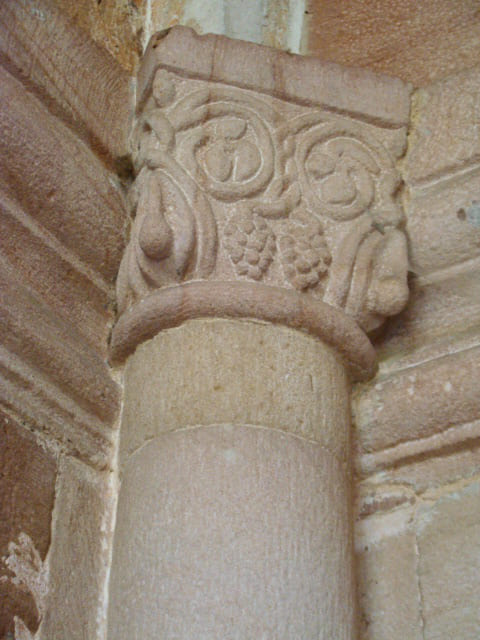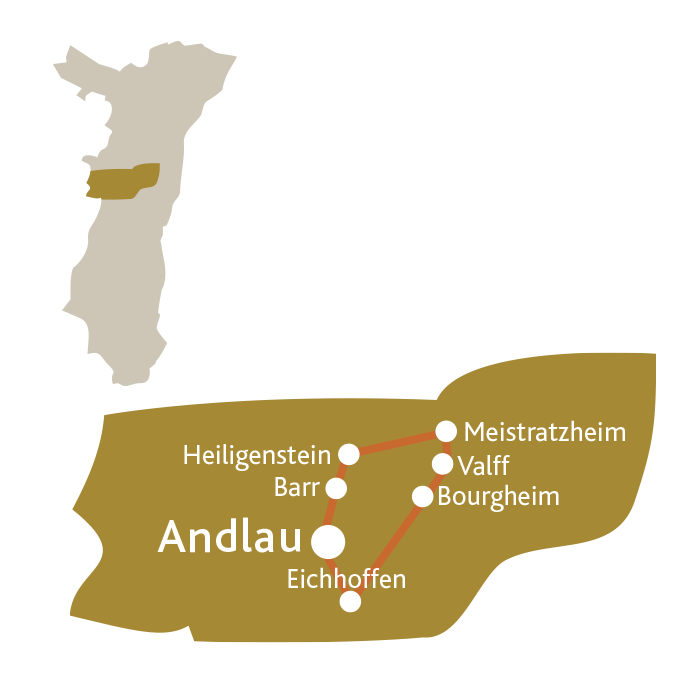Andlau
Abbatiale Saints-Pierre-et-Paul
Presentation
The monastery was founded in 880 by the Empress Richarde. In 1049, Pope Leo IX canonised her and consecrated to her the altar of a building under construction. The crypt dates from this period, while the apse and the first two levels of the westwork date from the 12th century. The porch contains several masterpieces of Romanesque sculpture in Alsace: the tympanum, in which Jesus gives a key to Saint Peter and a book to Saint Paul, is surrounded by representations of scenes from Genesis. The remarkable historical frieze of 48 slabs that runs the length of the facade depicts scenes of hunting, combat and the daily life of knights.
Photo gallery
Get more info
The abbey was founded around 880 by Empress Richarde, near Mont Sainte-Odile. The abbey church was altered several times, notably in the 12th, 17th and 18th centuries. Andlau Abbey was a convent for women, mostly from the Alsatian nobility, and was the female counterpart to Murbach. The abbey church of Sainte-Richarde became the parish church of Saints-Pierre-et-Paul after the French Revolution.
The former abbey church of Sainte-Richarde features three major elements of Rhenish Romanesque art: the double crypt (from the 11th century), the portal as a whole and the exceptional historiated frieze.
Over a length of more than 30 metres, the sculptors have created a series of scenes that provide us with an insight into Romanesque civilisation.
The portal is one of the most important examples of Romanesque sculpture in Alsace. Like the sculpted frieze, it was executed around 1130-1140, shortly after the sculptures in the Eschau cloister. In the tympanum, the enthroned Christ hands the key to Saint Peter and the book to Saint Paul, between the trees of paradise associated with other allegorical themes. On the lintel, the story of Adam and Eve goes from the creation of Eve to original sin and expulsion from Paradise. The portal is framed by foliage and couples placed under arcades.
Covered by groin vaults supported by monolithic columns, the crypt dates from the 11th century, its two parts perhaps corresponding to two construction periods (mid and late century).

